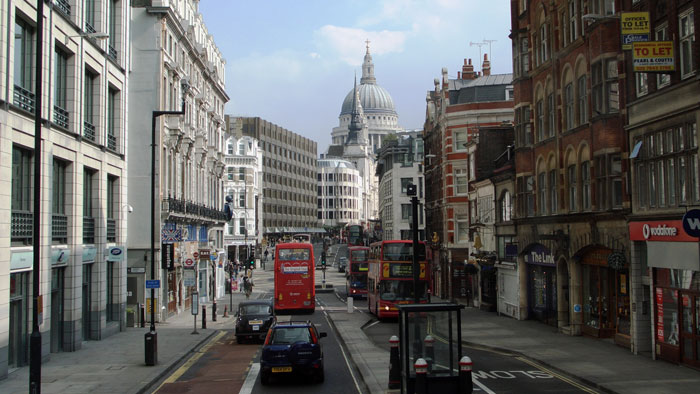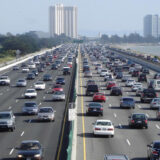
City of London may experiment with ultra-low emission zone
The City of London is considering implementing a pilot programme that would ban non-electric vehicles in traversing an ultra-low emission zone.
Although there are on-going efforts to combat air pollution, the levels of nitrogen dioxide in the UK capital have been above legal limits since 2010.
Ruth Calderwood, air quality manager for the City of London, told The Financial Times that the city might conduct a pilot program that would allow only electric vehicles and plug-in hybrids to traverse an “ultra-low emission street.”
“What we realise is the ultra-low emission zone [introduced by London’s Mayor Sadiq Khan] won’t be quite enough for us to meet the limit values, so we are going to have to look at additional measures at our busiest roadsides,” she said.
Khan has set out plans for ultra-low emission zones in London from next year, which will require drivers and motorcyclists to pay a GBP 12.50 (USD 16) daily charge if they do not meet emissions standards.
“We are looking at the feasibility of introducing an ultra-low emission vehicle street,” she said. The city also plans to adjust parking fees relative to vehicle emissions to encourage cleaner vehicles.
City of London officials declined to say which street was under consideration for the new electric zone or how soon it would begin.
There are currently only about 12,000 electric vehicles in London. However, all newly purchased black cabs are required to be “zero emission capable” since the beginning of this year, meaning they should be able to operate on electric battery only up to 30 miles per charge.





.png)







